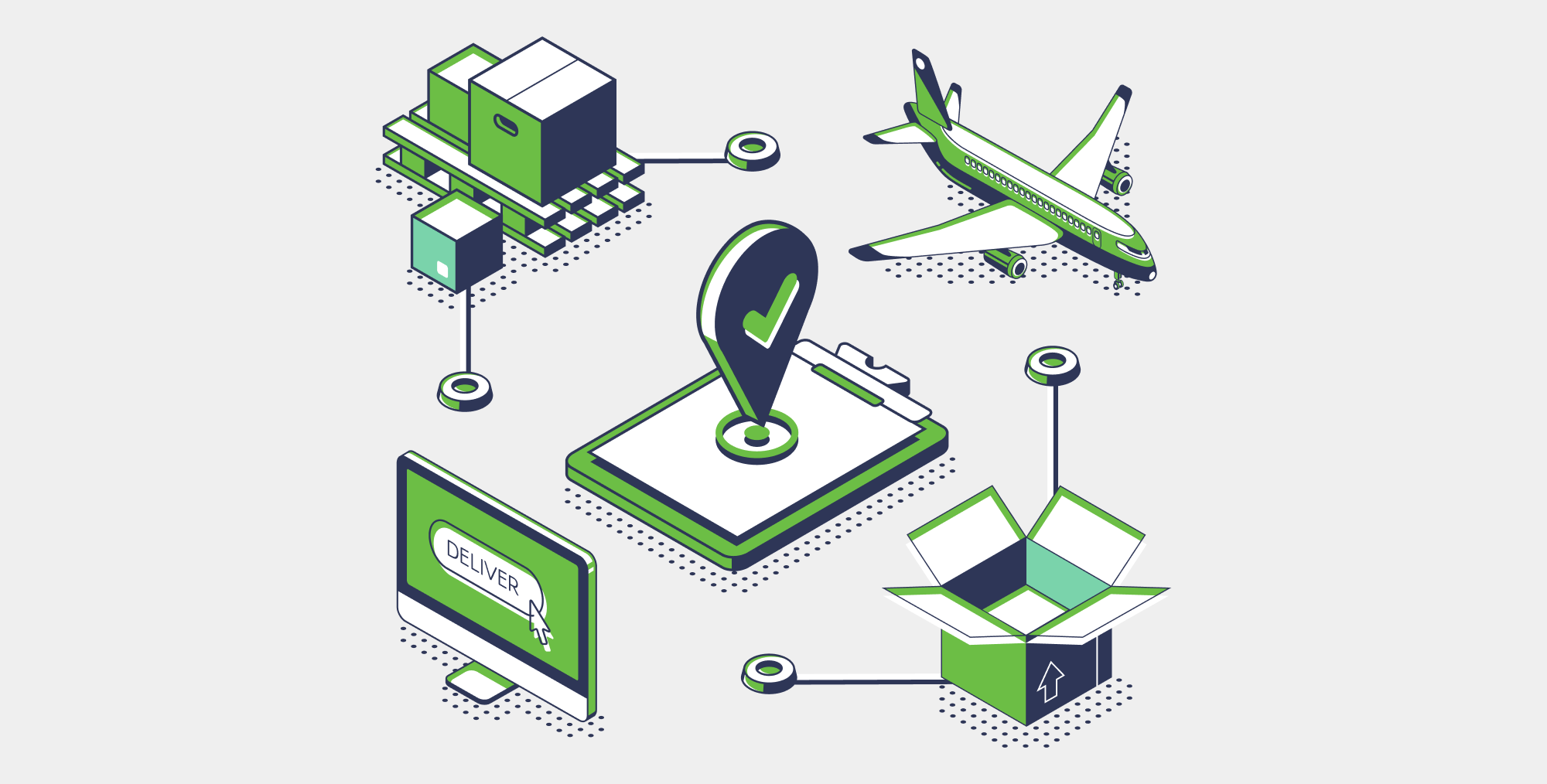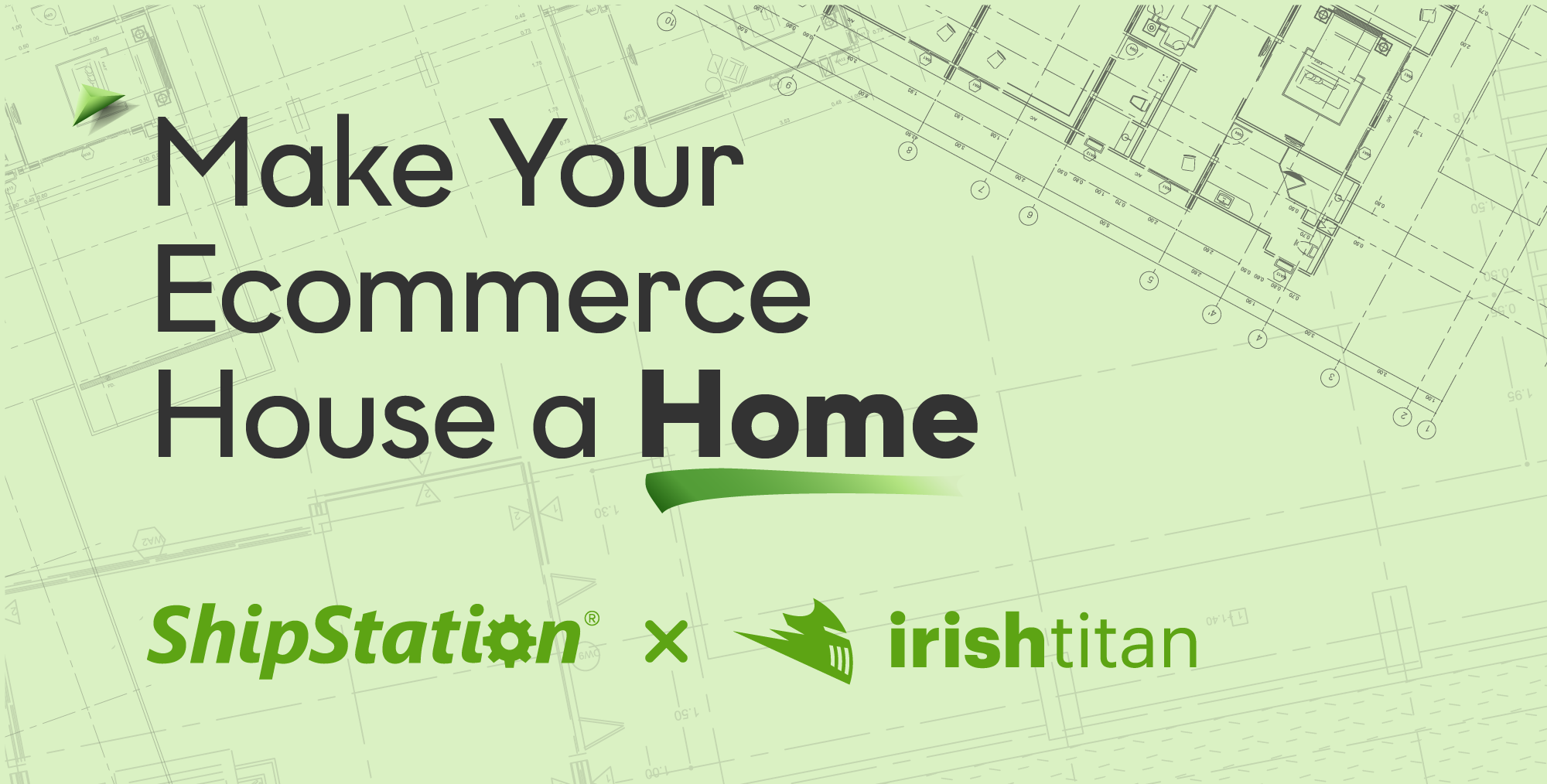8 First-Class Transactional Email Strategies to Help You Sell More
When it comes to email marketing, most people think about promo emails — annoying, spammy, and irrelevant messages that overload their inboxes.
Transactional emails, as opposed to promotional newsletters, have nothing to do with spam. They are usually sent as a result of consumer activities, such as purchases, sign-ups, and so on, to reassure customers that the process has been started or finished.
And, no matter what your customers order online and what payment processing service they use it’d be natural for them to expect a confirmation email. If they don’t get any confirmation, they would wonder whether they will receive their order at all.
That’s probably why, according to Epsilon Email Institute study, such automated emails receive 76.7% higher open-rates and 151.9% higher click-through rates than regular marketing messages. Shoppers literally WAIT for transactional emails.
Source: Experian
Now that you know how effective transactional emails may be, you should make them the fundamental part of your email marketing strategy.
We’ve done some homework for you and parsed together 9 transactional email strategies you can put into action right away. They should help you make the most out of email marketing campaigns, build a trustworthy reputation, and get a mile closer to your goals.
Let’s start with the basics.
Types of transactional emails
Some of the most popular types of transactional emails are receipt and order confirmation emails.
These emails include all the necessary information about the purchase, and they are especially important if you sell digital goods or services.
Welcome, password reset and unsubscribe emails are also widely used by eCommerce businesses. With their help, you can show that you are ready to go the extra mile to satisfy your clients.
Welcome messages are usually sent upon a new customer account creation or a newsletter subscription. This is how new shoppers get to know what they can expect from you.
PayPal, for example, sends the following welcome email when a business account is registered.
What I liked most about it is that the PayPal team is addressing their newly registered users by name and surname, which looks quite professional and yet personal.
They also offer their support that anyone can quickly get just by clicking the ‘Contact’ button at the bottom of any PayPal page. Prompt assistance is always vital for those who are just starting off.
Along with the previous transactional email, PayPal sends another triggered message in which they ask you to confirm your email address. Moreso, they offer two ways to do it — by clicking a link or by following the sequence of steps, which is rather helpful.
Unsubscribe emails also work great if you choose the right message and CTA. For example, if a shopper is unsatisfied, a well-thought-out email can help you understand why they are unsubscribing from your emails (and even try to keep them!).
Below is a great example from Sidekick:
Password reset emails can assist shoppers to come back to your store’s shopping cart and complete the purchase.
Among less popular types are abandoned cart emails, order follow-ups, shipping notifications, and all sorts of scheduled reminders.
Madewell, for example, uses transactional emails to remind their customers about a few things left in their shopping bags.
The email notification is short and clear. However, you feel that the online store takes care of your purchases.
It is next to impossible to set these kinds of emails up manually, especially if you are not technically savvy, as you have to use email API to send triggered messages to your registered users.
Luckily, there is a wide range of transactional email services, such as Mandrill, SendinBlue, SendGrid, MailGun, and others, that can do all the job for you.
Not only can they automatically send emails to the right people at the right time, but they also offer a full range of beautiful email templates that make the process of building emails absolutely stress-free.
Tested email marketing strategies to boost your revenue
1. Add value to grab your users’ attention
What is a perfect transactional email?
Not the one that is beautifully designed. And no, not the one that has a catchy subject line. These things are vital, that’s true, but there is something that matters even more.
I firmly believe that experienced marketers have already guessed what I’m getting at — a perfect email should bring value. And if your transactional message is valuable, your customers will literally wait for it.
Airbnb, for example, delivers value to first-time travellers by sending the tips on how to book the perfect place.
2. Personalize emails & find out your customers name (at least)
Before you send a transactional email to your email list, try to gather all the meaningful information about your customers’ background.
Take time to find out your customer’s name, location, their primary goal, interests, and even type of business. Address your customers by name, schedule messages based on your shoppers’ timezones, give relevant advice without being too salesy.
ShipStation also has a wide range of options to personalize branded email notifications. You can include your company logo, name, social media buttons, tracking information into your shipment and delivery confirmation email template.
But the best thing about it is that these transacional notifications look great on any device, even on mobile.
Moreso, instead of sending shoppers to an external tracking page, ShipStation will forward your customer to a branded page that includes tracking information, your company logo and even your color scheme.
All that will add a personal touch to your message and make the client feel special.
When you have a deeper understanding of your buyer persona, you’ll be able to make the emails you send more useful.
3. Speak like a human, not like a bot
Keep it in mind that you’ve got only a few seconds to catch your users’ attention. If you fail to do so, your emails will most likely end up in the spam folder.
Let me explain. When people see a marketing message after another marketing message with nothing personal inside, they feel like: “Oh dear, another one trying to make me buy something”.
Robotic and super official emails no longer work as well. We might not realize that, but we are all conceivably using our phones for the same reason — a brief escape from a restless reality. So boring bulk emails are not what we are looking for when we open our inbox now and then.
Do your best to establish a personal connection with your buyer.
A genuine attempt almost always results in additional purchases, brand loyalty, and thousands of dollars in sales.
4. Add a call to action
Sure thing, you know why you are sending this or that email to your customers. What about your subscribers? Do they realize why they got it? Unfortunately, in most cases, they don’t.
You need to create strong email call to actions (CTAs) that compel readers to take action immediately.
Forget about such hackneyed phrases like ‘Click here’, ‘Shop now’, or ‘Learn more’. That worked back in the 2000s; now it only makes your customers roll their eyes.
First thing find out what worries your buyer personas. Then, address this concern in the copy of your email.
Casper knows that nothing beats crisp cool bed sheets and makes customers believe they’ll stay clean if they ‘shop here’.
Isn’t that what everyone is looking for when they buy a new pack of bedsheets?
5. Keep showing up once in a while
Do not stop sending emails to your subscribers even if you’ve got nothing to say.
As an idea, figure out how you can bring value to your target audience and ease their pain points. Then, send these ideas in a newsletter.
And keep it in mind — if your shoppers do not hear from you for more than 2 months, they may just forget you used to bring them value and send your next email to a SPAM box.
6. Be specific
As you may already know, we all love reading stories. Yes, we do. However, I doubt that a transactional email is the right place for that.
That’s why I suggest that you should stick to the key purpose of your email. If it’s a shipping confirmation email, let your shoppers track it using their personal tracking number. If that’s a marketing email about a new article in your blog, then explain why they might need to read it.
Don’t waste your customer’s time. Get straight to business from the very first paragraph. Keep it in mind — you’ve got only a few seconds to share your thoughts.
Three, two, one… Time’s up.
7. Pick a perfect timing
According to SEOPressor, the best time to send transactional and marketing emails is usually between 9 AM and 11 AM.
Your subscribers are likely to be at work at that time.
However, it looks like this rule does not apply to online merchants running their eCommerce stores.
Here at X-Cart, we’ve run several tests to find the optimal email send time. As a result, we’ve seen regular and consistent spikes in email open and click-through rates somewhere around 1 PM.
CoSchedule found out that Tuesday, Wednesday, and Thursday are the best days to send emails.
Source: CoSchedule
And we would agree. At X-Cart, the most clickable days of the week are proved to be Tuesdays and Thursdays.
8. Educate customers or include a bonus
A transactional email is a perfect place to educate your customers or provide them with a gift.
Warby Parker, for instance, gives an opportunity to complete the survey to win a $100 Amazon gift card.
You may as well use transactional emails to send some guides about the way your customers can use your new product or service. Why not?
To sum up
Transactional email marketing isn’t just a trend. And it is not going to vanish into thin air in the next few years.
This is the kind of effective strategy that can bring you more leads by making your customers feel at ease shopping with you.
So don’t sweep this knowledge under the carpet. Use it now and get back to let me know about the results.
Author bio:
Helen Golubeva, storyteller at X-Cart open-source eCommerce platform. Addicted to yoga, interested in philosophy, and totally mad about copywriting. She loves using the power of words to inspire people and help them grow their eCommerce businesses.





